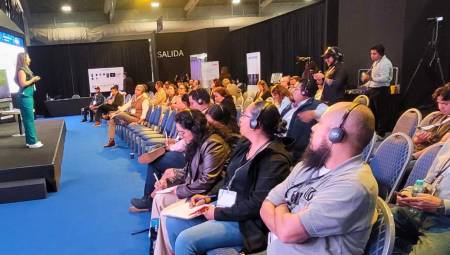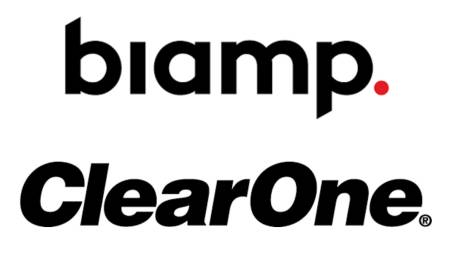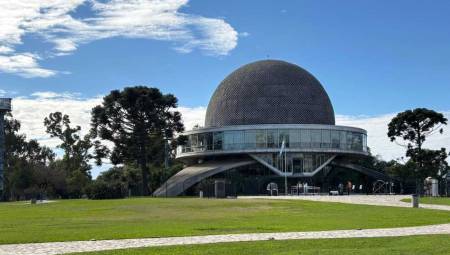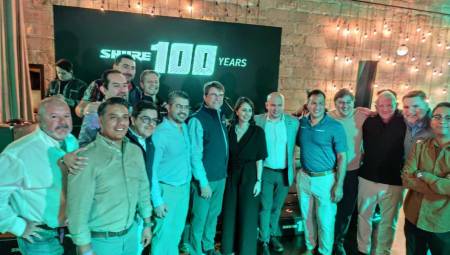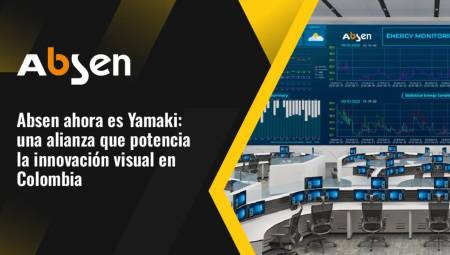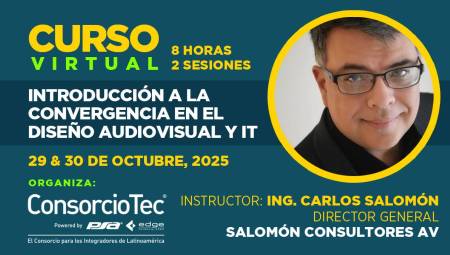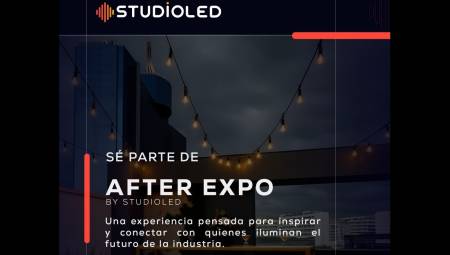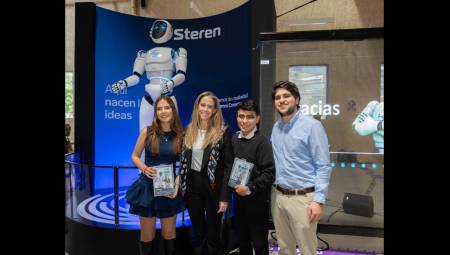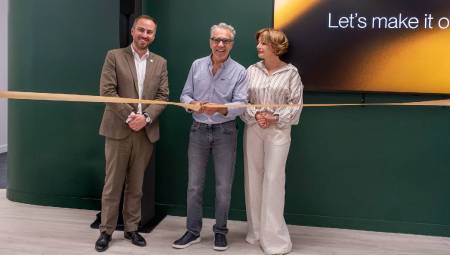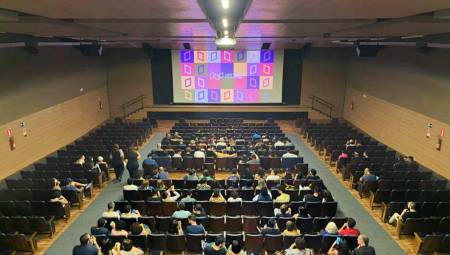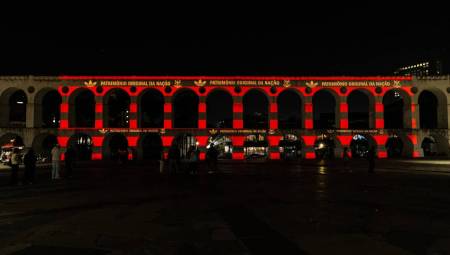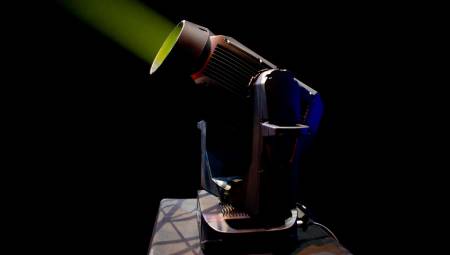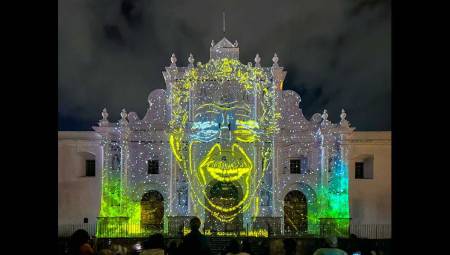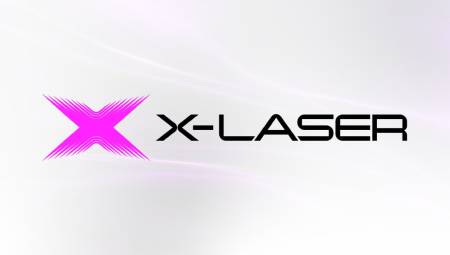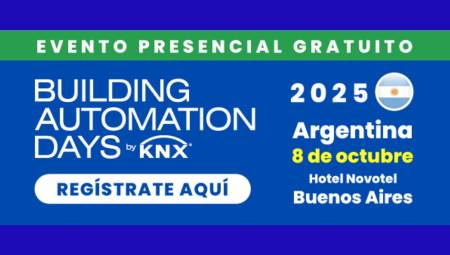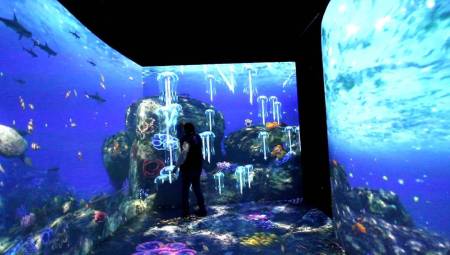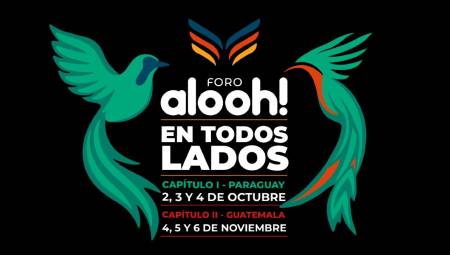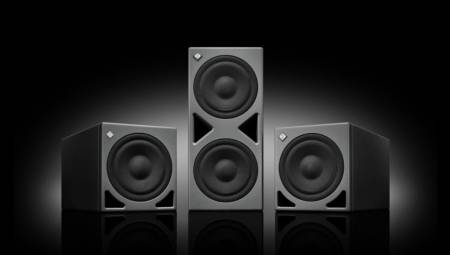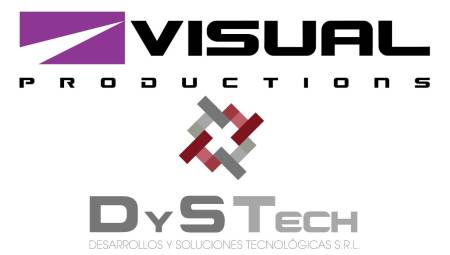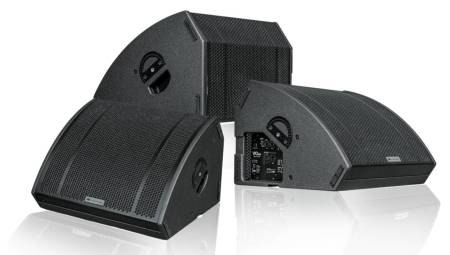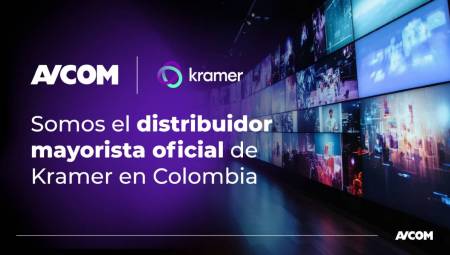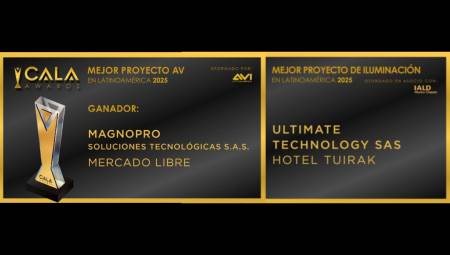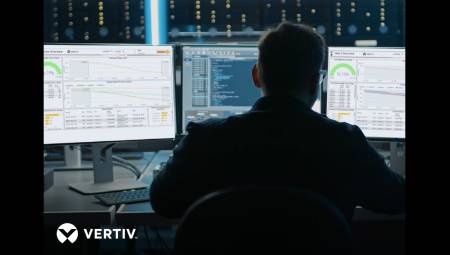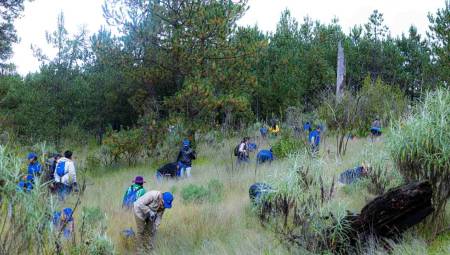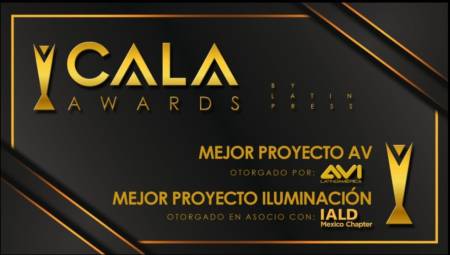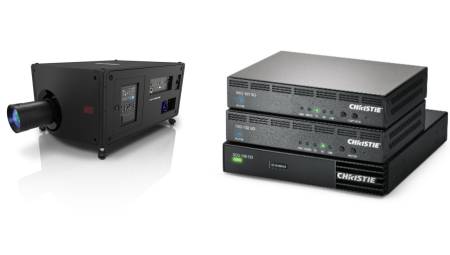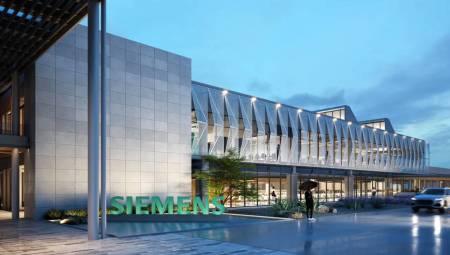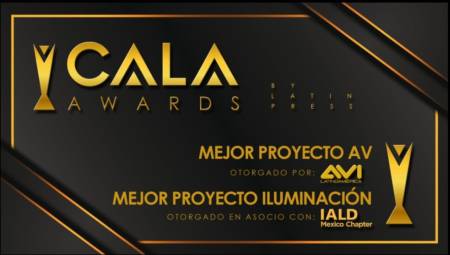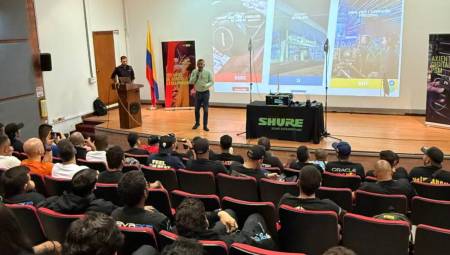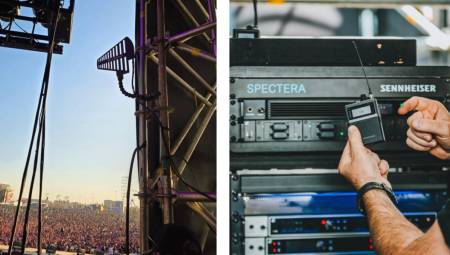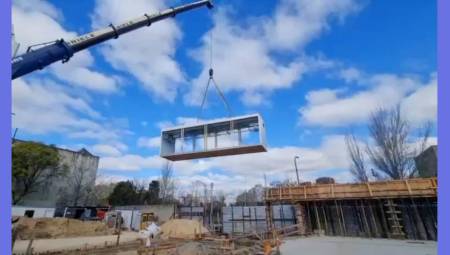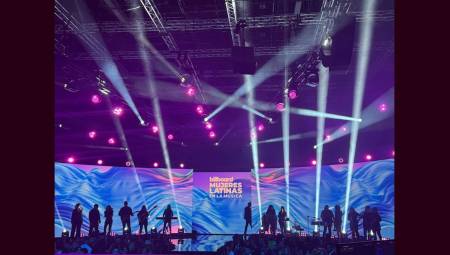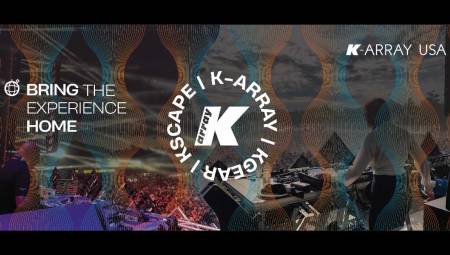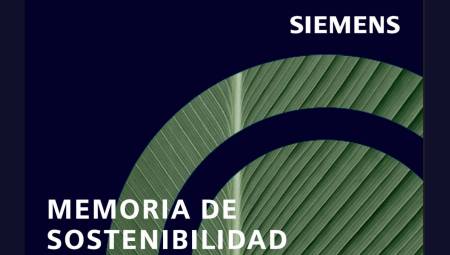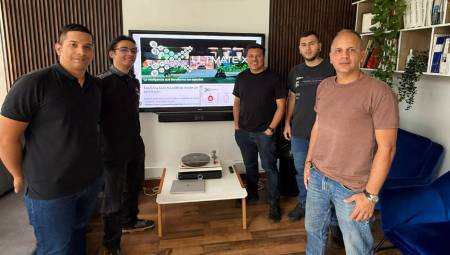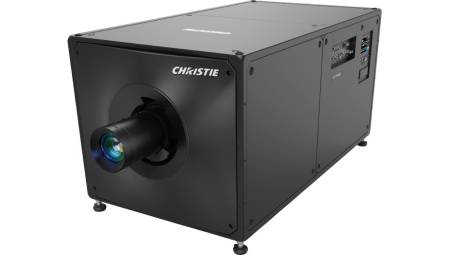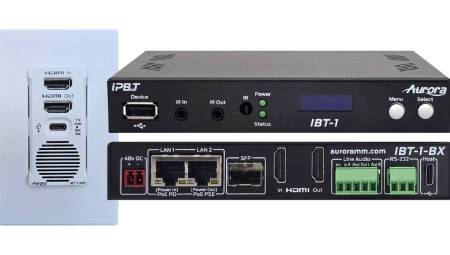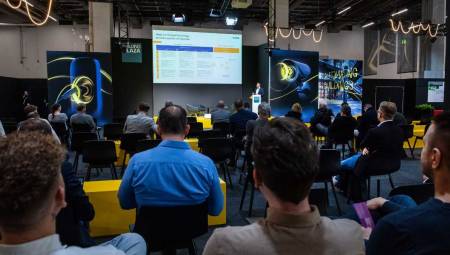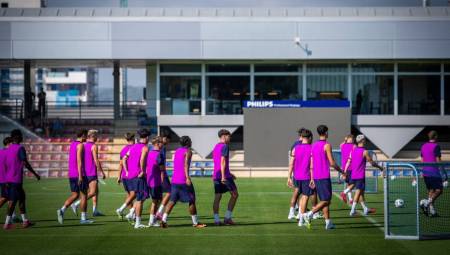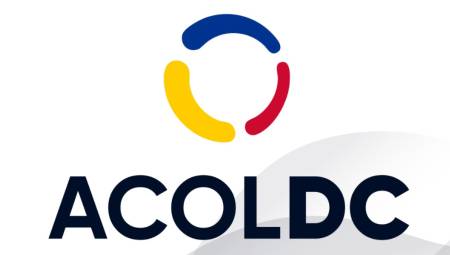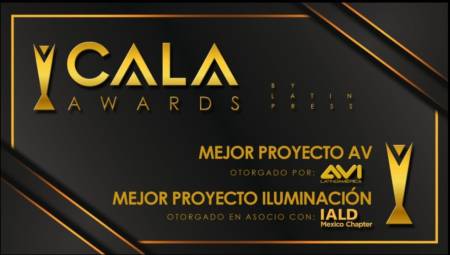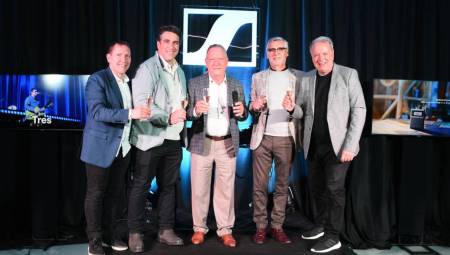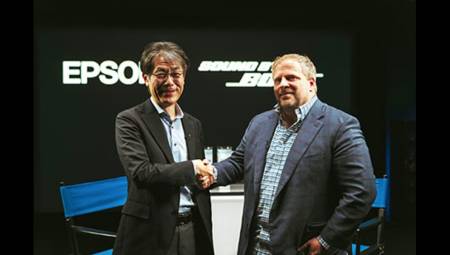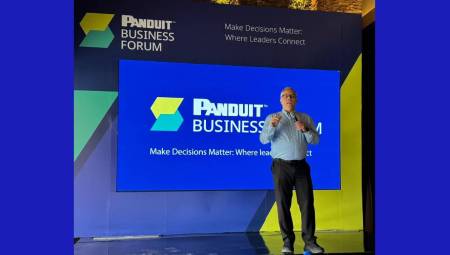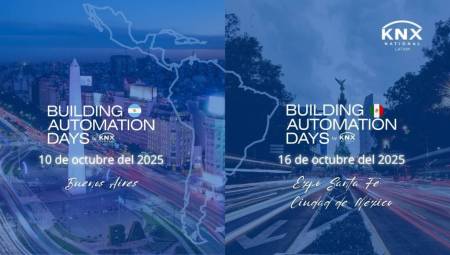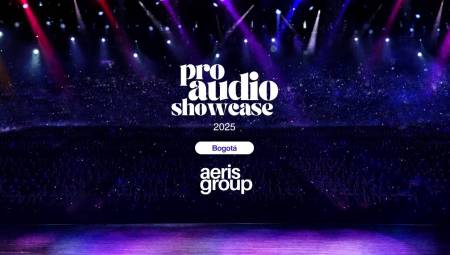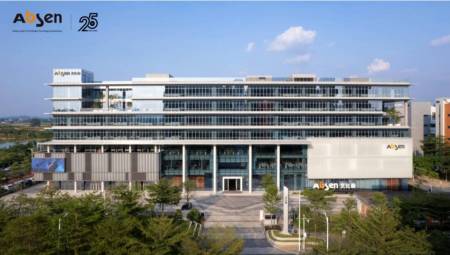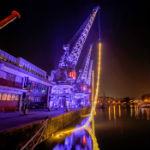 International. SGM's IP65 washes, the P-5 and P-2, have faced one of the most difficult challenges in Bristol: illuminating a synchronized "crane dance" in the harbour for more than 10,000 people.
International. SGM's IP65 washes, the P-5 and P-2, have faced one of the most difficult challenges in Bristol: illuminating a synchronized "crane dance" in the harbour for more than 10,000 people.
Laura Kriefman, a WIRED Creative Fellow this year and resident at Pervasive Media, reached out to Howard Eaton and Emma Chapman of Studio Three Sixty to light up her inaugural gala for Crane Dance Bristol. Together with the set designer Lucy Osborne, third member of Studio Three Sixty, these excellent creatives have formed a team for the first time, presenting a project with success among critics.
Having found himself several times in the situation of choosing the best luminaire for a limited budget, theatre specialist Howard Eaton chose a combination of the efficient P-5 and P-2 projectors. These luminaires were the perfect complement to the almost 1000 meters of rope with LED chips used on these iconic cranes located in front of the M-Shed museum in Bristol.
The Harbour cranes, which normally act as fixed luminaires on bristol's skyline, came back to life in a choreographic routine exquisitely lit and perfectly timed with the music. The Crane Dance Bristol left all attendees and the citizens of Bristol with their mouths open, thanks to its combination of boats, choirs, live music and excellently lit cranes, which were operated and restored by the engineers of the Bristol M-Shed.
"The P-5s did a perfect job thanks to being able to be used outdoors, while the compact size of the P-2s allowed us to place luminaires in hard-to-reach areas. Both washes worked incredibly well," said Howard Eaton.
Eaton and Emma Chapman illuminated the cranes using 18 P-5 units with 43º lenses, 28 P-2 units also with 43º lens and another 34 P-2 with a smaller angle of 21º. "We used the wide-angle of the P-5s as nadir luminaires around the base and shorter legs, while the tighter angle lenses helped us reach hard to the upper structures, both internal and external," he continues.
"Being RGBW devices you can not only mix the color you want; you also have a perfect target." To create some suspense at the beginning of the dance, a light transition from a cold tone to a warmer one was programmed, just before the show will erupt with a burst of color in which the cranes swayed above the audience. Little by little, the light of the cranes was evolving towards the seven colors of rainbow, changing from top to bottom in a constant cycle.
Emma Chapman adds: "We had seen the P-2s before and already thought they were wonderful. We are very surprised with such power, considering how small the luminaire is, and all the control it offers for color change."
"When this project was confirmed, ordering them was the obvious choice thanks to their incredible power and the ability to change the angle of the optics. In fact, we could have also used the possibility of using its strobe effect, but we thought it would be too much. The mere fact that we've been able to program such a fluid 'rainbow effect' into these SGM washes is fantastic."
The assembly for the lighting show was commanded by Nick Read and controlled wirelessly through a City Theatrical network and an ETC Element console located at the other end of the port. The whole project was supported by Ian Kirby (SGM UK), who according to Howard Eaton could not be more helpful in providing the equipment. A rather impressive statistic indicates that in the entire event (including lights, power for the cranes and tests) 2.4 KWh of electricity was consumed.
After the success of the Crane Dance Bristol, the Mass Crane Dance team is already receiving the interest of various cities around the world to perform a similar show, both for their port cranes, and for the multiple construction cranes used in the works of different buildings.
































